QOTD: When Will All of Our Cars Be Chinese?

When Henry Ford began selling his popular Model T around the world, the company bearing his name didn’t assemble all of them in America. Instead, the Model T was the first truly global car, assembled in Commonwealth nations such as England, Canada, Australia, and others like Argentina, Belgium, Brazil, Denmark, France, Germany, Mexico, Norway, Spain — hell, even Japan.
But that was a different time. Regardless of which country someone lived in, Ford factory workers made roughly the same amount of money working on the assembly line.
Now things are different.
There’s a recent-ish episode of the Freakonomics podcast — titled “ Did China Eat America’s Jobs?” — that does a great job of explaining how we got in our current lopsided trade pickle with China. (Listen to it.)
In it, host Stephen J. Dubner interviews fellow economist David Autor, who gives us a bit of a history lesson:
There are two big differences of the last two decades relative to earlier periods. One is that a lot of our trade prior to China’s rise, a lot of it was North-North trade. You know, trading between wealthy nations. So you know, we sell aircraft engines to France and we buy cheese and wine and Renaults or maybe we buy Mercedes from Germany. And so it’s a lot of high-skill people trading high-skill goods and we’re trading on the basis of taste. Like, “I like your vehicles. You like my aircraft.”
But, with China…
A lot of what we’re trading there is labor-intensive goods. Nothing that China was selling the United States, especially up until recently, couldn’t be made in the U.S. It just couldn’t be made as cheaply. So this was actually about price competition rather than simply having a better or different variety.
I want you to let that sink in for a moment: nothing in China, at least 10 years ago, couldn’t be made in America; it just couldn’t be made here as cheaply as it was made there.
Up until recently, this has been okay — for the most part. China has focused on making low-value goods: light bulbs, small appliances, cheap home accoutrements, and other baubles and tchotchkes.
But now — now China is building cars, and it’s building them for us.
An automobile isn’t a small, cheap consumer good. Instead, for virtually every single one of us, a car will be either the first or second most expensive thing we ever buy after a house. The automotive industry provides thousands of jobs at each plant and further thousands of spin-off jobs in regions around those plants. Those jobs are filled by people who spend money on things you make, create, grow, and sell.
Unfortunately, there doesn’t seem to be an end to this outsourcing of America (and Canada, for that matter). Ford says it’s sending Focus production to China because we don’t buy small cars anymore. Besides, margins on that car are way too thin; our labor costs are way too high.
But what about Buick and the Envision, a near-luxury crossover that sells for $35,000? Or the Volvo S90 large luxury sedan, which sells for near-as-makes-no-difference $50,000?
When will all of our cars — all of them — come from China?
And considering we can make all these cars here, in North America, I wonder — what would Henry Ford think of that?

More by Mark Stevenson
Latest Car Reviews
Read moreLatest Product Reviews
Read moreRecent Comments
- V8fairy Not scared, but I would be reluctant to put my trust in it. The technology is just not quite there yet
- V8fairy Headlights that switch on/off with the ignition - similar to the requirement that Sweden has- lights must run any time the car is on.Definitely knobs and buttons, touchscreens should only be for navigation and phone mirroring and configuration of non essential items like stereo balance/ fade etc>Bagpipes for following too close.A following distance warning system - I'd be happy to see made mandatory. And bagpipes would be a good choice for this, so hard to put up with!ABS probably should be a mandatory requirementI personally would like to have blind spot monitoring, although should absolutely NOT be mandatory. Is there a blind spot monitoring kit that could be rerofitted to a 1980 Cadillac?
- IBx1 A manual transmission
- Bd2 All these inane posts (often referencing Hyundai, Kia) the past week are by "Anal" who has been using my handle, so just ignore them...
- 3-On-The-Tree I was disappointed that when I bought my 2002 Suzuki GSX1300R that the Europeans put a mandatory speed limiter on it from 197mph down to 186mph for the 2002 year U.S models.



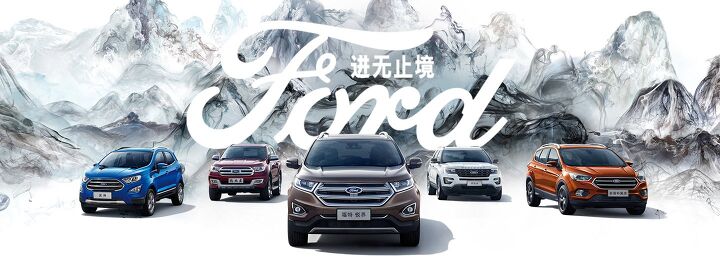












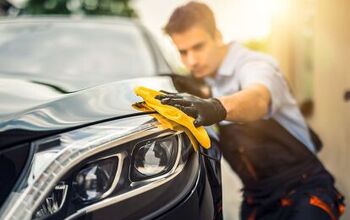


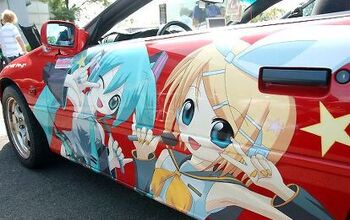
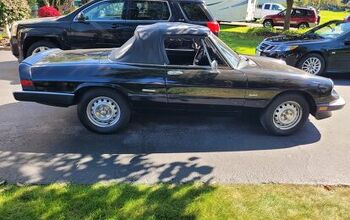


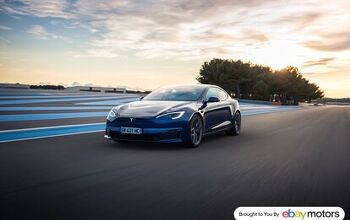
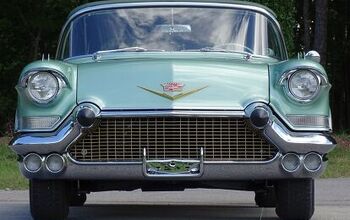
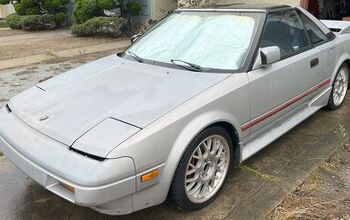
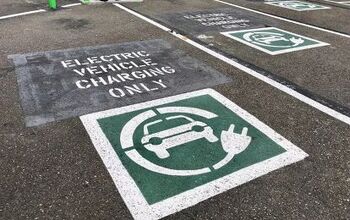

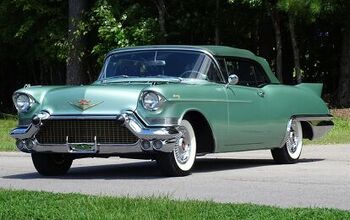
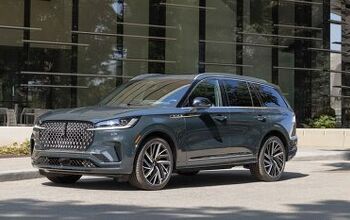
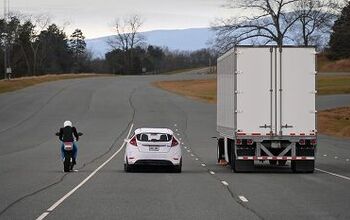
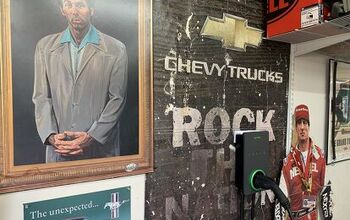
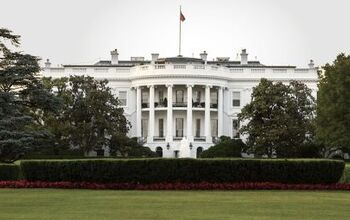
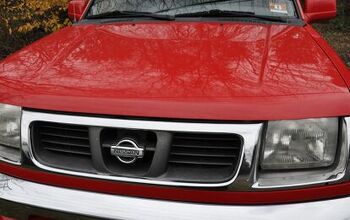
Comments
Join the conversation
The title for this article was designed to pull at the emotions of the readers. Mark as knowledgeable as he is in auto industry news knows this. The only area I envisage Chinese auto dominance is with EVs in advanced evonomies. Even then there will be steep competition. China and in the future with India will dominate developing nations in the auto market. The Chinese will target more prosperous developing nations and India will scrape the bottom of the barrel.
Judging from the emotional responses, one might assume the article was titled “When Will All of Our Cars Be Australian?”.